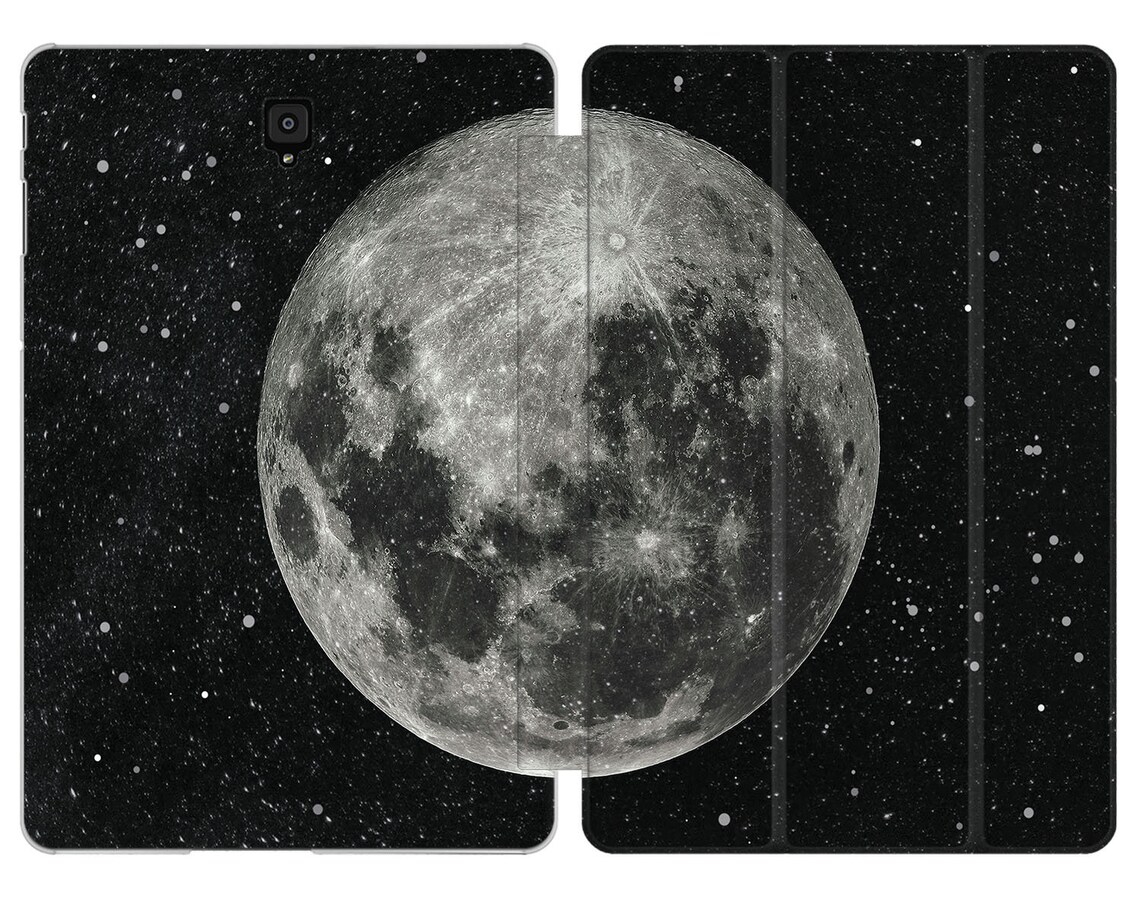

Benjamin Britten: Nocturne, from On This Island, Op.Lili Boulanger: Nocturne pour violon et piano (1911).2 third movement Notturno contains one of his most popular melodies (1881) Alexander Borodin: his String Quartet No.Georges Bizet: Premier nocturne en fa majeur Op.Jackson Berkey: 24 Nocturnes for solo piano and Four Nocturnes for Orchestra.Arnold Bax: Nocturnes, for soprano and orchestra (1911).13 (1938–40) is titled "Nocturne" (to a text by Frederic Prokosch), and this song also exists in a version with orchestra Nocturne (Homage to John Field), for piano, Op. Samuel Barber: the last of Four Songs, for voice and piano, Op.Arno Babajanyan: his nocturne, a lyrical piece in easy listening genre and a song performed by Muslim Magomayev, is one of his most popular works.3 from Twenty-four Characteristic Pieces, Op. Anton Stepanovich Arensky: two nocturnes for piano, each part of a set: No.Charles-Valentin Alkan: five for solo piano.This list is incomplete you can help by adding missing items. Nocturnes are generally thought of as being tranquil, often expressive and lyrical, and sometimes rather gloomy, but in practice pieces with the name nocturne have conveyed a variety of moods: the second of Debussy's orchestral Nocturnes, "Fêtes", for example, is very lively, as are parts of Karol Szymanowski's Nocturne and Tarantella (1915) and Kaikhosru Shapurji Sorabji's Symphonic Nocturne for Piano Alone (1977–78). In 1958, Benjamin Britten wrote a Nocturne for tenor, seven obbligato instruments and strings, and the third movement of his Serenade for Tenor, Horn and Strings (1943) is also titled "Nocturne". These were, however, far different from those of Field and Chopin.
Nocturn s7 series#
French composer Erik Satie composed a series of five small nocturnes. Other examples of nocturnes include the one for orchestra from Felix Mendelssohn's incidental music for A Midsummer Night's Dream (1848), the set of three for orchestra and female choir by Claude Debussy (who also wrote one for solo piano) and the first movement of the Violin Concerto No. Other notable nocturnes from the 20th century include those from Michael Glenn Williams, Samuel Barber and Robert Helps.

American composer Lowell Liebermann has written eleven Nocturnes for piano, of which No.6 was arranged by the composer as Nocturne for Orchestra. It contains quiet, eerie, blurred cluster-chords and imitations of the twittering of birds and croaking of nocturnal creatures, with lonely melodies in contrasting sections. In the movement entitled 'The Night's Music' ('Musiques nocturnes' in French) of Out of Doors for solo piano (1926), Béla Bartók imitated the sounds of nature. Later composers to write nocturnes for the piano include Gabriel Fauré, Alexander Scriabin, Erik Satie (1919), Francis Poulenc (1929), as well as Peter Sculthorpe. One of the most famous pieces of 19th-century salon music was the "Fifth Nocturne" of Ignace Leybach, who is now otherwise mostly forgotten. However, the most famous exponent of the form was Frédéric Chopin, who wrote 21 of them. The first nocturnes to be written under the specific title were by the Irish composer John Field, generally viewed as the father of the Romantic nocturne that characteristically features a cantabile melody over an arpeggiated, even guitar-like accompaniment. In its more form as a single-movement character piece usually written for solo piano, the nocturne was cultivated primarily in the 19th century. The chief difference between the serenade and the notturno was the time of the evening at which they would typically be performed: the former around 9:00pm, the latter closer to 11:00 pm.

At this time, the piece was not necessarily evocative of the night, but might merely be intended for performance at night, much like a serenade. Sometimes it carried the Italian equivalent, notturno, such as Wolfgang Amadeus Mozart's Notturno in D, K.286, written for four lightly echoing separated ensembles of paired horns with strings, and his Serenata Notturna, K. The term nocturne (from French nocturne 'of the night') was first applied to musical pieces in the 18th century, when it indicated an ensemble piece in several movements, normally played for an evening party and then laid aside.


 0 kommentar(er)
0 kommentar(er)
